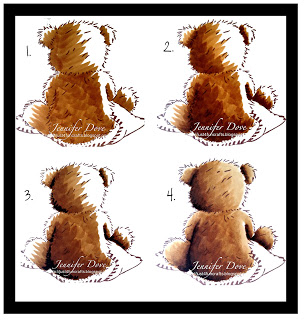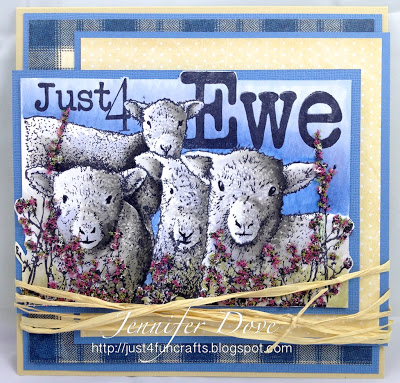Jennifer Dove’s Copic Corner – Texturing
http://just4funcrafts.blogspot.com
You will blend the colors using a flicking motion similar to a loose “X” motion. For this image we start with our darkest marker (E79) creating “X’s” in the shadow areas. When you crisscross the “X” you will leave white spaces of which will be filled in later as you overlap the next color. Your “X’s” don’t necessarily have to cross; you just want to carry through with the motion. Next, take your medium color (E57) and overlap the darkest marker you just applied, using the same motion. You will continue to repeat the “X” motion using the lighter medium marker (E23) overlapping every time, finishing off with your lightest (E31). Make note that the lighter markers are slightly blending the darker ones together while still leaving texture.











Great tutorial Jennifer! I forget to use texturing and this is a great reminder.
Hugs,
Julie
Awesome!
Hugz,
Gramma
Love that you posted all these tutorials, they are amazing! hugs!
Amazing! TFS!
Loved reading through this tutorial, can't wait to give it a go, thanks so much! XOX Lucy
excellent tutorial. Thank you1